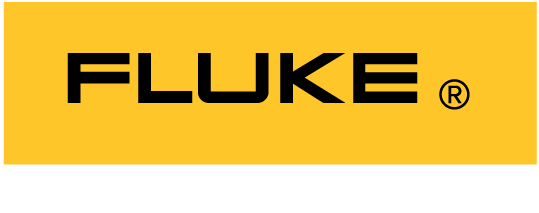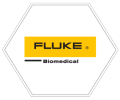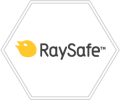Radiation survey meters in hospitals: technology, challenges, and a new approach
How can ionizing radiation be measured, and what are the limitations?
The general principle of radiation survey meters is that ionizing radiation changes the electron state of the material in the detector, in a way that can be detected and quantified. Hence, the physical properties of the meter materials in the detector bring both possibilities and limitations for radiation measurements.
Ionization chambers (ion chambers) measure the ability of radiation to ionize gas. In ion chambers, the detector is part of an electrical circuit enclosed in a gas-filled chamber (usually air). A voltage is applied across two electrodes to create an electric field. Radiation that penetrates the chamber will ionize the gas molecules and form ion pairs, consisting of an electron and a positively charged ion. The electrons will move towards the positively charged plate, while the positively charged ions will move to the negatively charged plate. This current is proportional to the amount of ionizing radiation and is therefore proportional to dose in air.
Fill out the form to the right to download the white paper and read more!




